Horse face markings are as varied as the animals who wear them.
Each horses markings are wholly unique to them, but most fall under several broad categories. Each category has a definition, which is looked at as more of a guideline than a hard and fast rule.
Bald Face
A bald face doesn’t mean an absence of hair, it simply means the white marking on their face extends to the eyes or past. This is generally found in paints and pintos, (and often there is at least one blue eye involved), however almost any color horse can exhibit large facial markings.
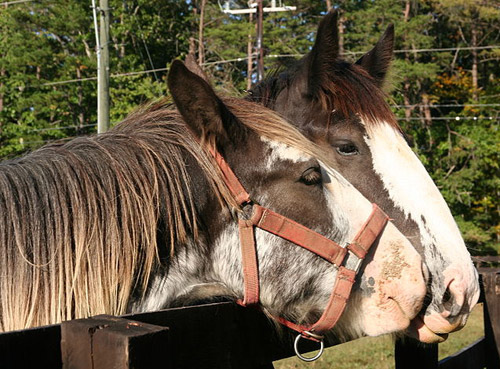
Image from TheGirlsNY
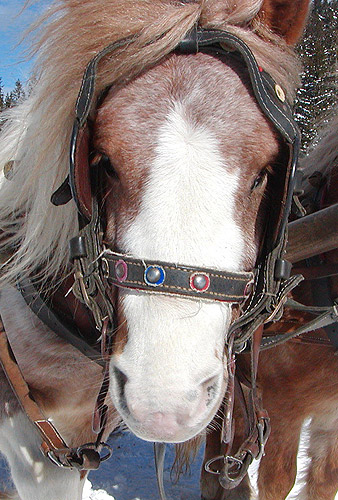
Apron Face
Similar to the bald face, except an apron face literally looks like it’s wearing an apron of white over the color. White extends along the jaw to the throat latch & generally covers the whole muzzle.
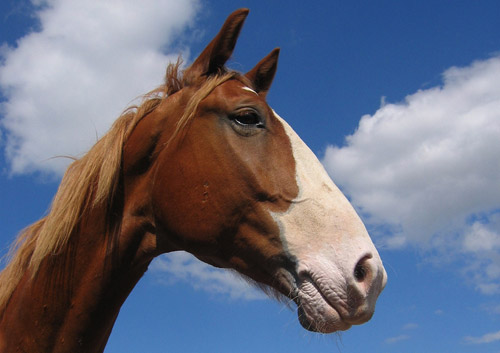
Image from Anes
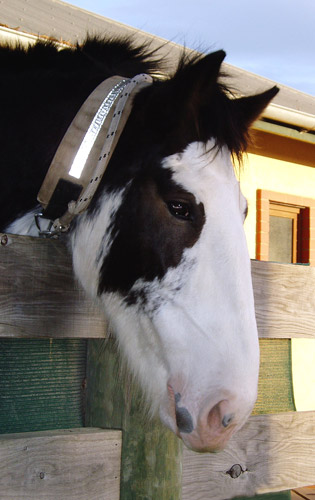
Image from Anes
Medicine Hat
Also called the moroccan pattern, medicine hat is generally displayed on a Tobiano pintos, this is a backward marking. The horse’s face is mainly white with dark markings around the ears.
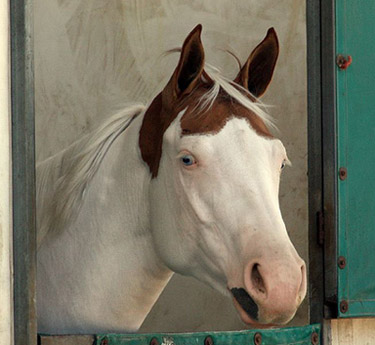
Image from Just Chaos
Blaze
Probably the most common face marking, the blaze is found on horses of every breed and color. It is a broad white stripe down the middle of a horses face, generally starting at the forehead and running all the way to the nose, or mouth.
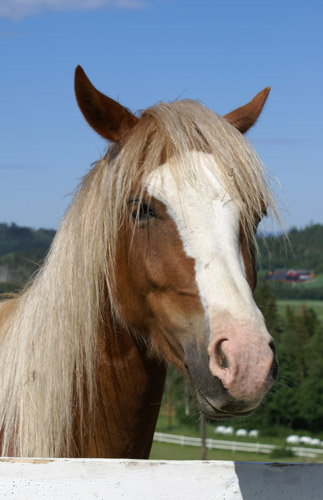
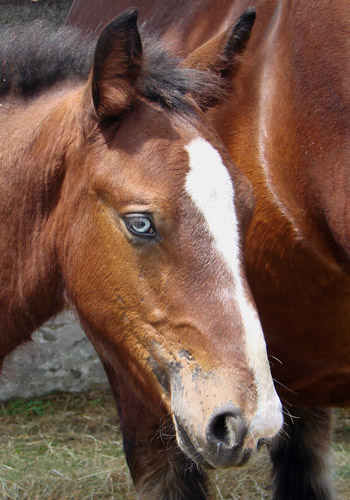
Snip
The snip is a small white marking between a horses nostrils, it can be any shape and ranges in size from a small dot to a larger blotch. This marking is often seen in conjunction with other facial markings like a star or a faint.

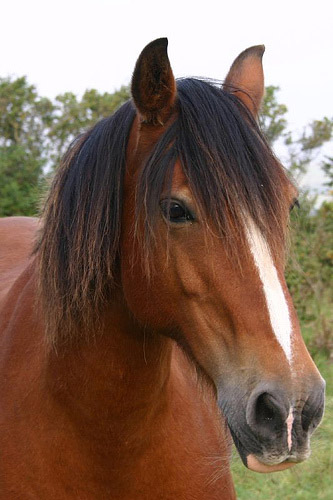
Image from dayglowill
Star
Perhaps the favorite face marking, stars are found in all sizes on the foreheads of horses everywhere. A number of different terms have popped up for markings in this location, if it’s between the eyes and more than just a spot of white, it is a star.
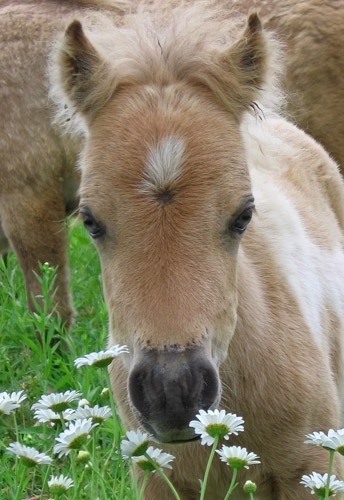

Strip / Stripe / Race
This marking can be broken down into three categories, but in the name of simplicity it’s really just a broad category. A stripe is similar to a blaze in that it runs down the center of the face, but it is much thinner – almost a line.
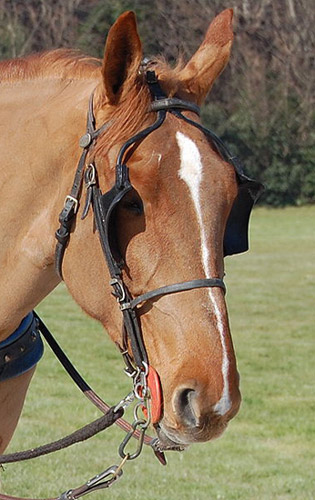
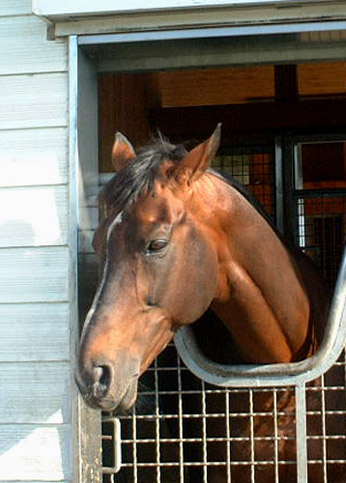
Faint
A faint is located on the forehead between the eyes and in many case is almost too small to see. It can range from a few white hairs to a small white spot (and can easily be hidden by unruly forelocks.
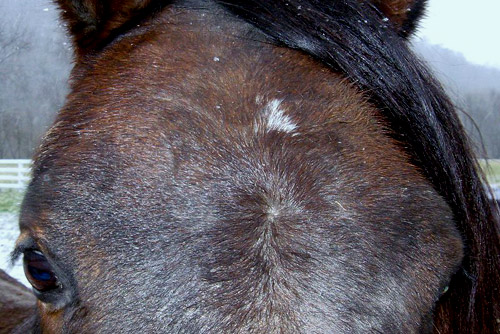
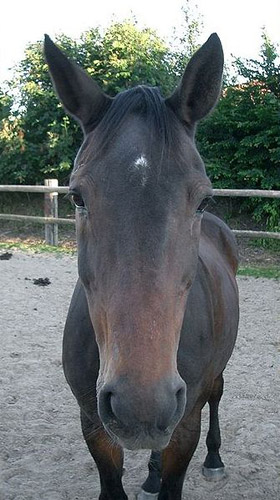
Image from Kersti_Nebelsiek
Interrupted Stripe / Blaze
Now we are getting into sub-categories which I try to avoid, however this is a valid category simply because there is so many horses out there with odd bits of white on their face. Essentially an interrupted stripe or blaze is one that doesn’t finish, or that has a break in it somewhere.
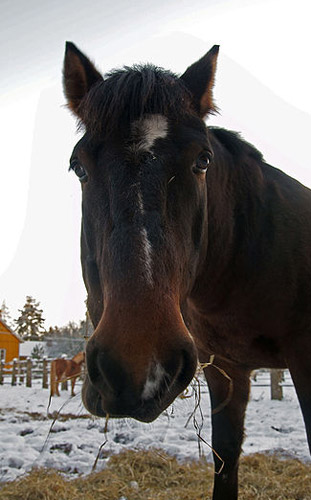
Image from Kallerna
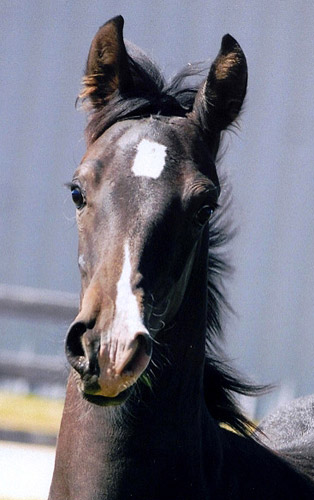
Image from selenas_stock
Irregular or Crooked
Another sub-category, but another good one because it is so broad. If your horses face markings are a strange shape, irregular or crooked, then they fall under this category.
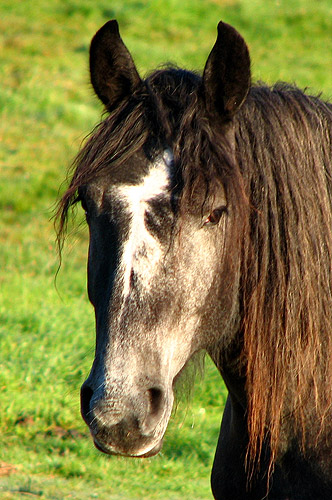
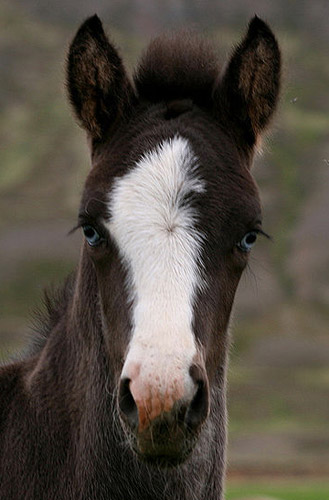
Image from úlfhams_víkingur
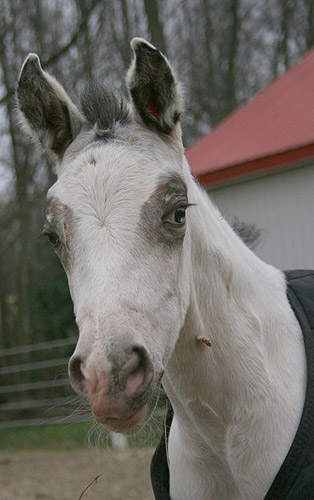
Image from bankerssilvermoon
Common Combinations
There are virtually an endless stream of face marking combinations, and where pintos are concerned they become even more varied. Here are examples of a few of the more common combinations.
Star and Stripe
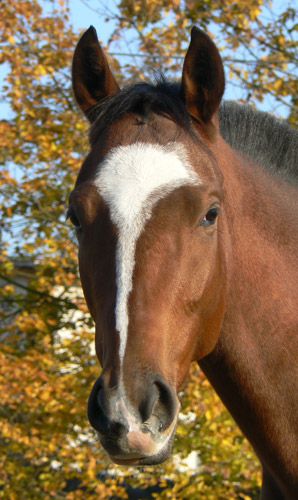
Star and Snip
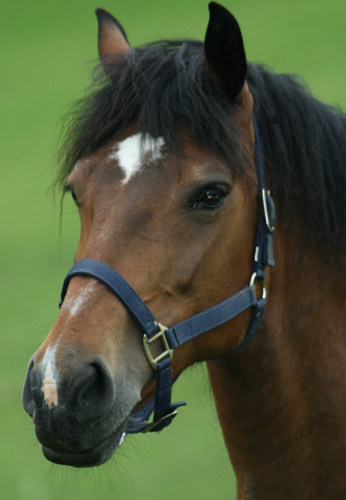
Star and Blaze
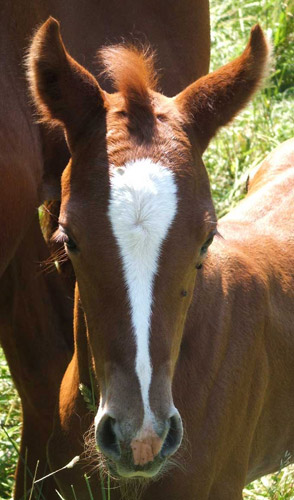

No comments:
Post a Comment